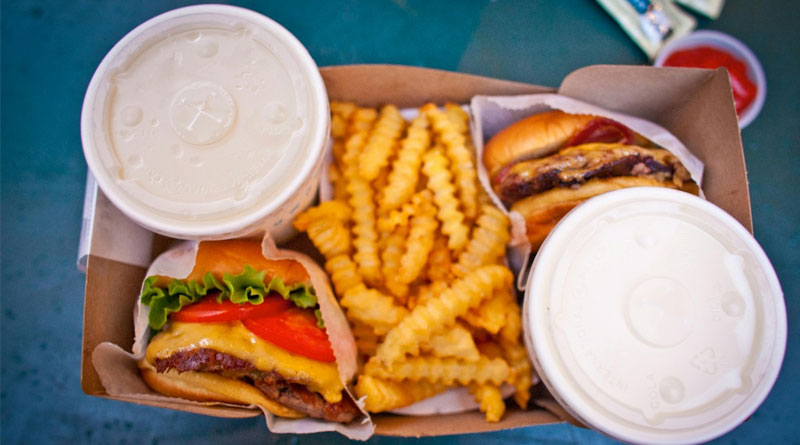Higher Prices Become The New Reality

Hospitality prices are rising at their fastest rate of 2025, with July and August seeing the highest year-on-year (YoY) increases. That’s according to the latest hospitality data from market intelligence company Meaningful Vision.
While official ONS data for August shows food and beverage prices up 5.1% YoY – implying a 1.8% rise across the first eight months of 2025 – Meaningful Vision’s data highlights sharper increases in certain segments. Fast food prices, for example, rose 7% in August compared with last year, equating to a 2.2% increase since January 2025, versus a 1.6% rise in food retail.
Burger concepts have shown the highest growth in pricing, due to the rising cost of beef, while coffee shop pricing also moved up in July, with coffee becoming one of the fastest rising categories in the past two months (a trend that’s seen beverage prices grow faster than food in July).
According to Maria Vanifatova, CEO of Meaningful Vision, the figures underscore how higher prices are becoming the new reality in hospitality: “Across the market, most brands are lifting prices to similar levels over time and higher prices are becoming the new reality. But chain by chain, the picture differs, and there are two distinct periods of price changes this year. The first was in March ahead of labour cost increases, and the second was in July, when food costs rose further, with beef and coffee beans most notable. We’re now seeing those cost pressures passed on to customers.
“Fast food is running notably hotter, which is expected given the higher share of labour costs. Bakeries and pizza outlets have also been affected, but have had to limit price increases because of how competitive these sectors are. Nevertheless, they too are feeling the cost pressures. Just a few days ago we saw Greggs’ CEO announce the company is set to raise prices for the third time this year in response to increased staffing costs, citing the impact of an unexpected £20 million increase in the amount it pays in employer National Insurance as a result of last year’s Budget.”
Additional key trends of note include:
Outlet growth continued to slow in July–August 2025: In the 12 months to August 2025, local and international chains opened 1,155 new fast-food outlets, 17% fewer than in the 12 months to August 2024. Chicken remains the fastest-growing segment in percentage terms; however, bakeries and sandwich shops recorded more openings in absolute numbers, led by major chains such as Greggs, Pret, and Gail’s.
Traffic shows signs of recovery in late summer: After a weaker June, customer traffic began to rebound in July and August, led by fast food and coffee concepts. Quick-service chicken, bakeries, and coffee shops all gained customers over the two months, with chicken and bakeries growing faster during that period than in the first half of the year. Restaurants and pubs, however, continued to see the steepest declines, with visits down by almost 8%. The strongest performers were Premium Fast Food and Fast Casual brands—such as Wingstop, Five Guys, Nando’s, and Wagamama—which attracted diners trading down from casual dining for better value. Regionally, Northern Ireland saw the fastest traffic growth, supported by a high rate of new store openings, followed by the South West.
Promotions continue to climb, especially in delivery: The number of promotional offers continued to increase in 2025, though at a slightly slower pace overall. Across the first eight months of the year, promotions were up 11% in restaurants and 29% in delivery, with growth in delivery more than double that of 2024. Average discounts in restaurants held steady at 33%, while delivery platforms increased their discounts from 19% to 23%. “Special price” promotions remain the leading tactic in restaurant apps (rising from 54% in 2024 to 61% this year), while delivery channels saw more free product offers and fewer free delivery deals.
Maria adds: “The trends we’re seeing materialise across July and August show just how challenging the market is right now. Alongside rising prices, we’re also seeing customers adjust their behaviour in response, trading down from casual dining to fast-casual and fast food, and responding to promotions on delivery platforms. It’s clear that chains are balancing the need to protect margins with the need to stay competitive, which explains why we’re seeing selective price rises, targeted promotions, and cautious outlet growth all happening at the same time. This is a sector in transition, where consumer choice and operational pressures are shaping pricing and traffic patterns more than ever.”
